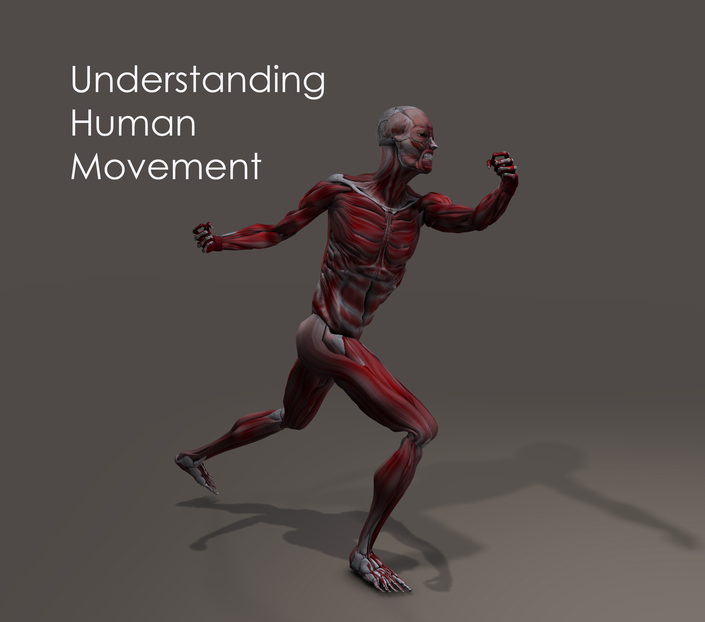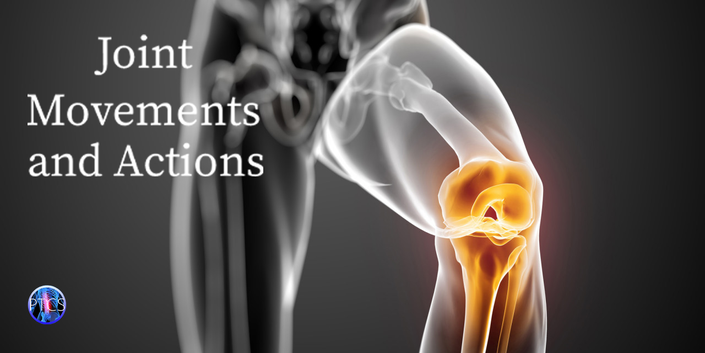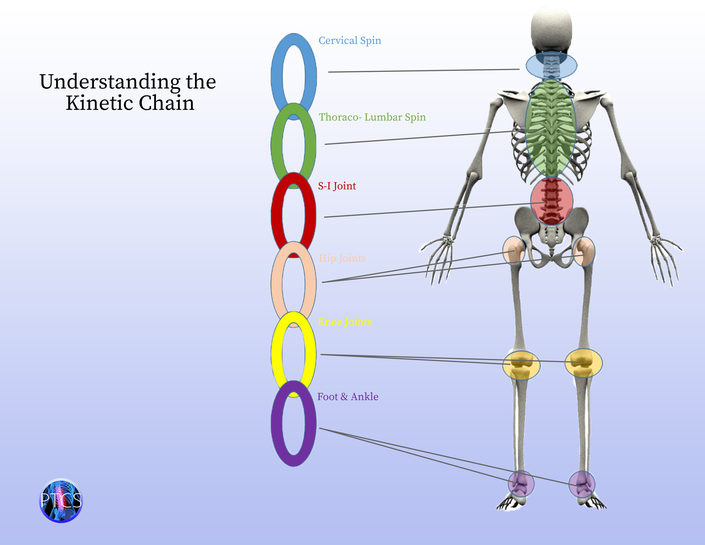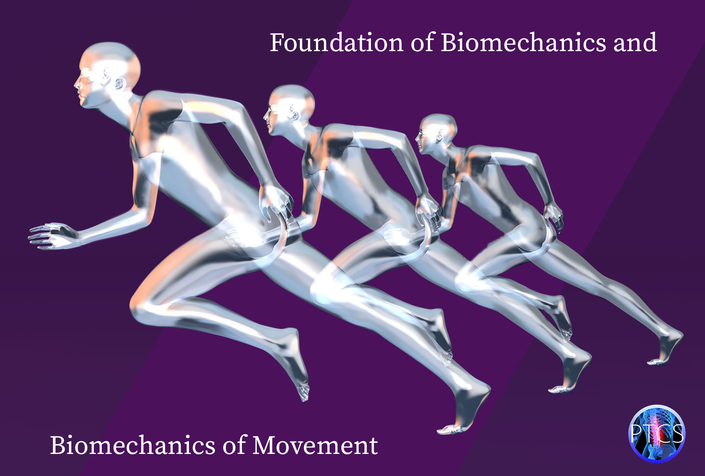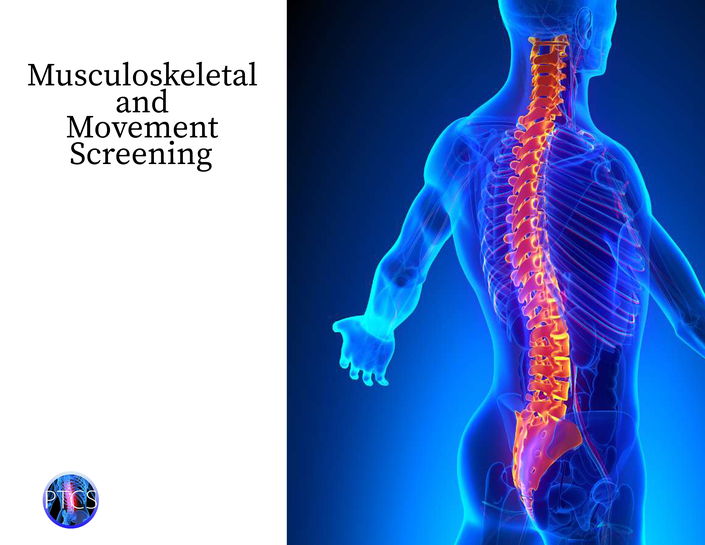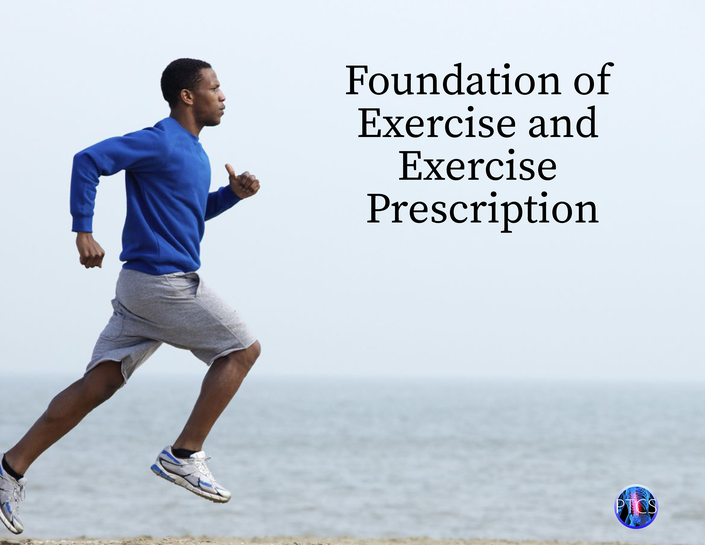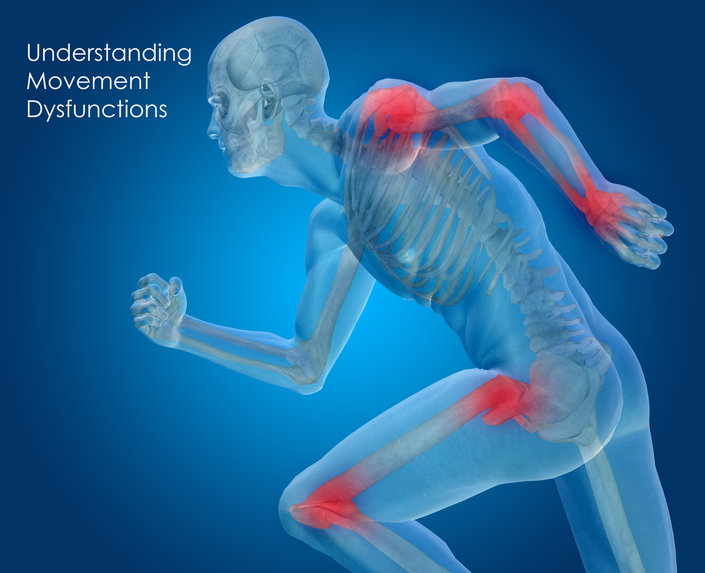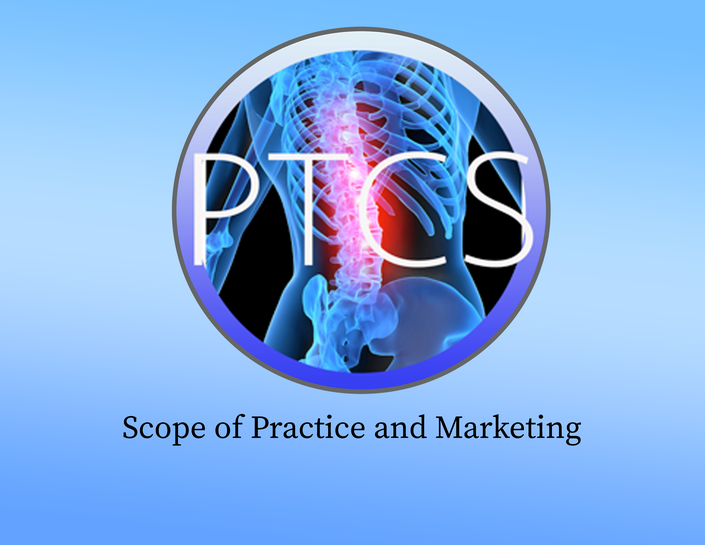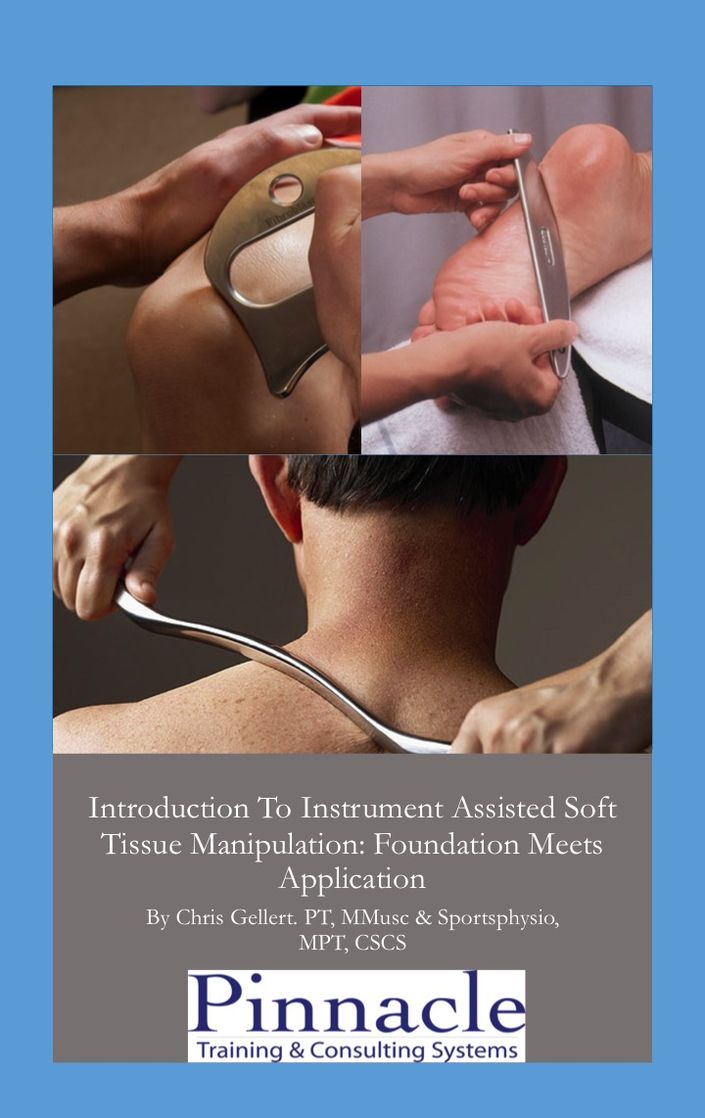Foundation of Instrument Assisted Soft Tissue
Manipulation (IASTM) Home Study Course
Watch this short video which explains more about the IASTM Home Study Course!

Course Materials
The IASTM course was designed to be systematic, evidenced-based and most importantly, have direct application that can be used immediately with your patients. The course material nicely compliments a one or two-day live seminar on IASTM offered by other CEU providers. In 2021-2022, it is our intent to also offer both a one-day and two-day IASTM live seminar courses that will compliment the home study course. It will provide the attendee with the ability to gain and understand new knowledge on IASTM, learn how to assess more efficiently and practice the skills learned from the home study course. The course comes with the following:
- A 150 page comprehensive CEU approved course manual that has over 240 references is divided into twelve distinct and separate chapters. The course is filled with over 100+ illustrations and graphics to enhance the learning experience. Deliverly is sent electronically from PTCS to the customer or a physical manual can be shipped at an additional fee.
- The student will have access to 20 videos that compliment and review each of the twelve chapters of the IASTM Home Study Course. To access these videos, contact PTCS.
- All examination costs are included. To earn respective CEUs, a student must sign in on our secure website verifying to PTCS who they are. Once verified, PTCS requires every student to take an online 25 question multiple-choice examination. This examination can be taken anytime or are your leisure. Once the examination is complete and the student earns a score of 75%, the CEU certificate is sent directly to the student from PTCS.
Course Outline
The course is divided into twelve separate chapters. Which are listed below. The reason we choose this order, is that the material synergistically blends and compliments the previous chapter.
Chapter 1: Foundation and why behind of IASTM
Chapter 2: Research and effectiveness of IASTM
Chapter 3: Principles and benefits of IASTM
Chapter 4: Physiologic and neurophysiologic responses of IASTM
Chapter 5: Type of tools available
Chapter 6: Type of strokes, application and use
Chapter 7: Indications, precautions and contraindications with IASTM
Chapter 8: Fascia, fascial chain and the fascial slings
Chapter 9: Trigger points and adaptive shortening
Chapter 10: Clinical Patterns of Movement Dysfunctions and using IASTM
Chapter 11: IASTM techniques for upper body including cervical, shoulder, thoracic and elbow regions
Chapter 12: IASTM techniques for lower body including lumbar, hip, knee and ankle regions
Course Objectives
At the end of this course, the participant will be able to:
- Interpret and list two sources on the foundation and origin of Instrument Assisted Soft Tissue Manipulation (IASTM) and the latest research as it applies clinically.
- Apply the fanning stroke with a patient who has active or latent trigger points in their upper trapezius muscle.
- Independently defend selection of one IASTM tool and treatment plan for a specified clinical condition.
- Correctly compare mechanical and physiologic responses of IASTM when provided with a case study.
- Explain three key differences between a fascial resriction and muscle tightness.
- Identify two indications and two contraindications of IASTM for an instructor named clinical condition.
- Explain the rationale behind IASTM by comparing mechanical vs. neurological responses using the most current research.
- Understand what fascia is, how to identify common fascial restrictions using the IASTM and latest research.
- Based on instructor specified example indicating evaluation findings, will accurately choose the IASTM technique to manage the condition.
- Compare the difference between the clinical patterns of spinal stenosis, spondylosis and lumbar radiculopathy in terms of each diagnoses behavior of symptoms, clinical findings, and common muscle imbalances.
- Compare an active trigger point vs. a latent trigger point for patients diagnosed with fibromyalgia.
- Justify the IASTM tool selected based on the presence of trigger points in a therapy evaluation.
- Design a plan of care, including the IASTM, for a patient diagnosed with either a rotator cuff repair, subacromial decompression, shoulder impingement or similar diagnoses.
IASTM Video Testimonials
Listed below are several video testimonials from past IASTM customers
IASTM Video Testimonials
IASTM Video Testimonial
Here is another video testimonial


